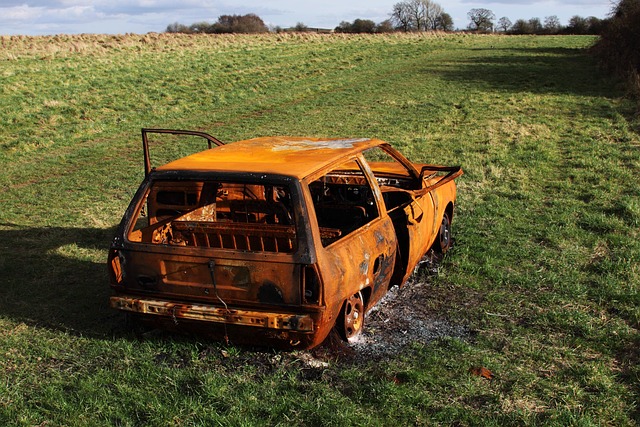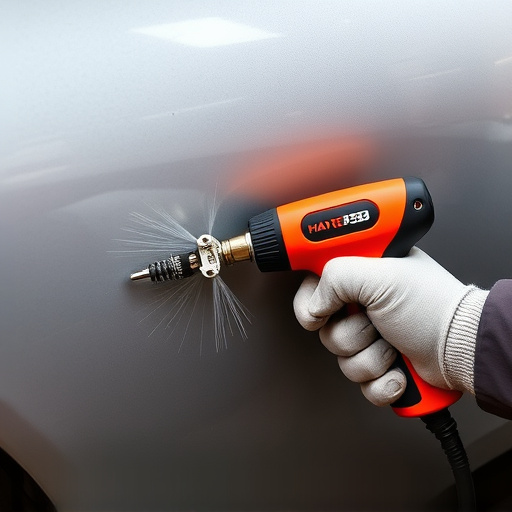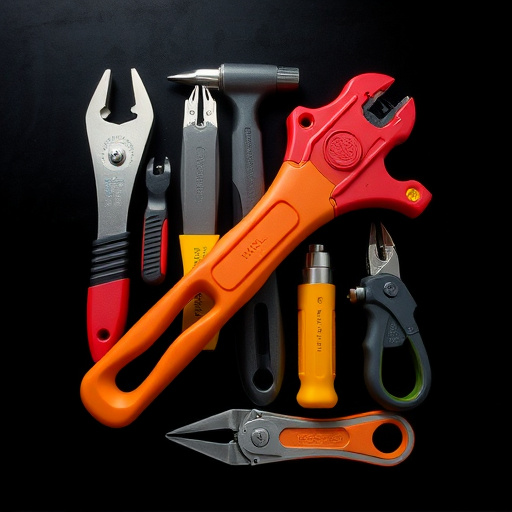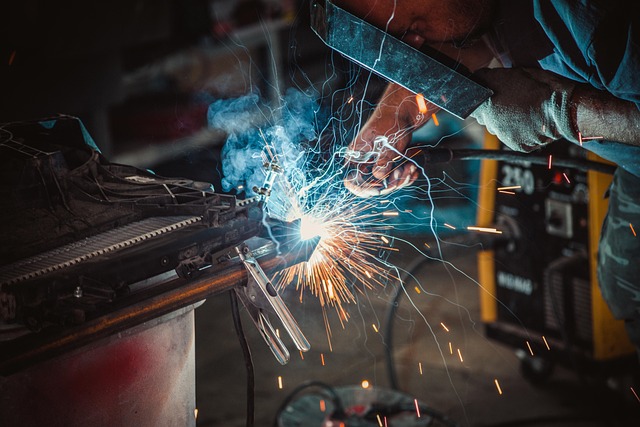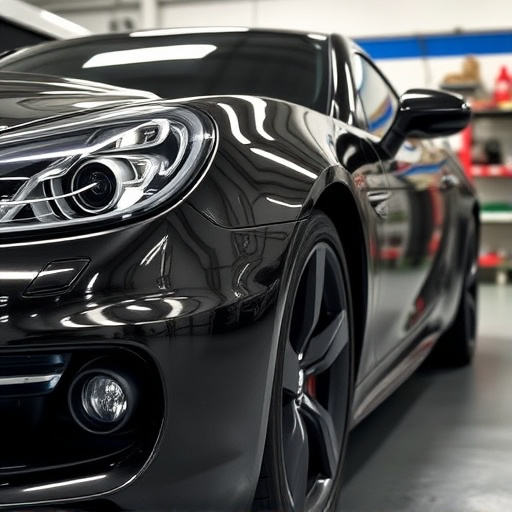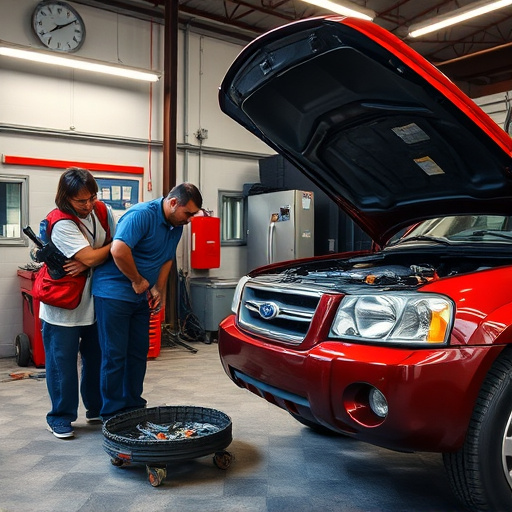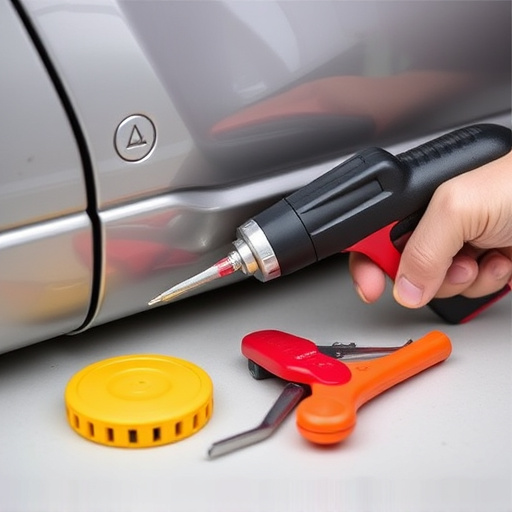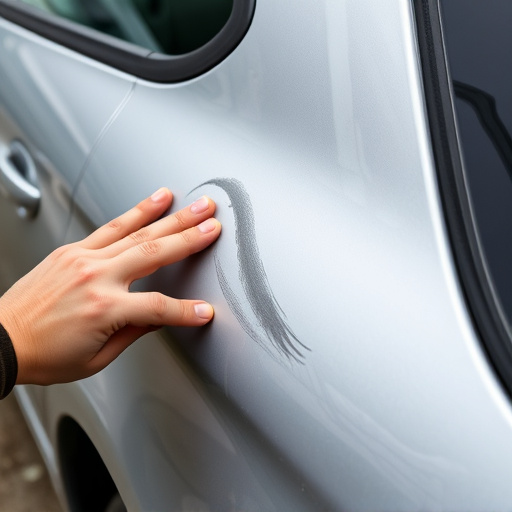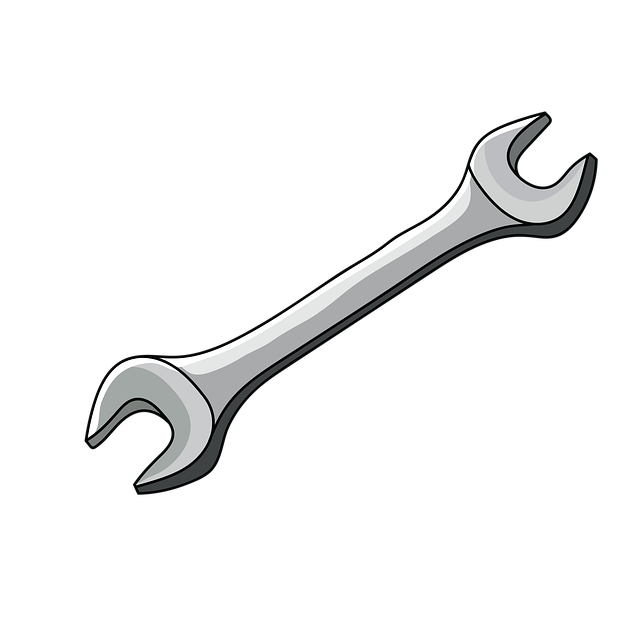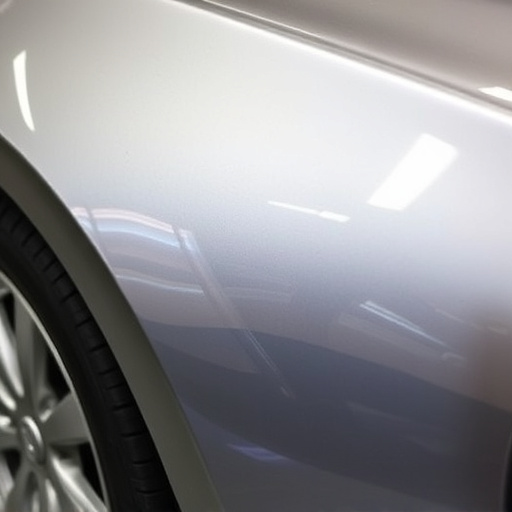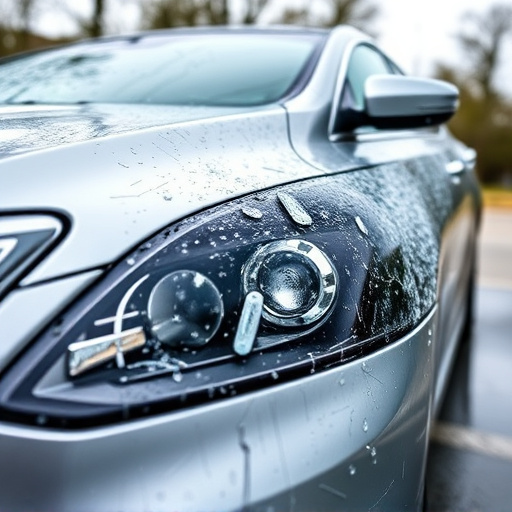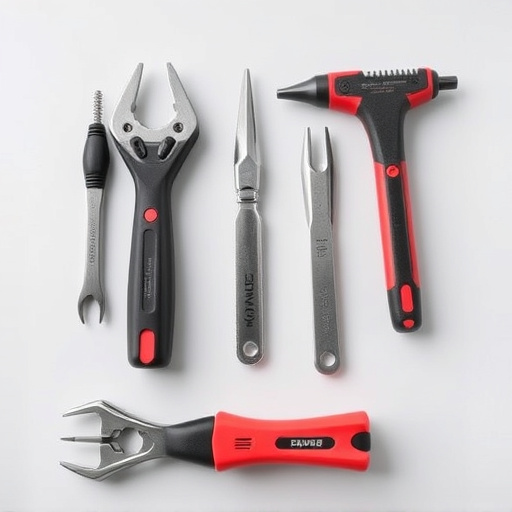Mercedes unibody repair is an art requiring skilled technicians to address dents, cracks, and misalignments. Achieving precise panel fitment overcomes common issues like gaps, uneven finishes, and misaligned body lines, ensuring structural integrity and safe door operation. Door hinge realignment and sensor calibration post-repair guarantee smooth functionality while preserving the vehicle's aesthetics and safety standards.
Mercedes unibody repairs, while crucial for maintaining vehicle integrity, can impact panel fitment and door operation. This article delves into the intricate relationship between these aspects of a Mercedes’ structure. We explore the challenges arising from unibody repairs, focusing on common issues with panel alignment and smooth door functionality. By understanding these intricacies, car owners and professionals alike can navigate post-repair considerations, ensuring optimal performance and aesthetics for these luxury vehicles.
- Understanding Mercedes Unibody Structure and Its Impact
- Panel Fitment Challenges After Repairs: Common Issues
- Door Operation Troubleshooting: Post-Repair Considerations
Understanding Mercedes Unibody Structure and Its Impact
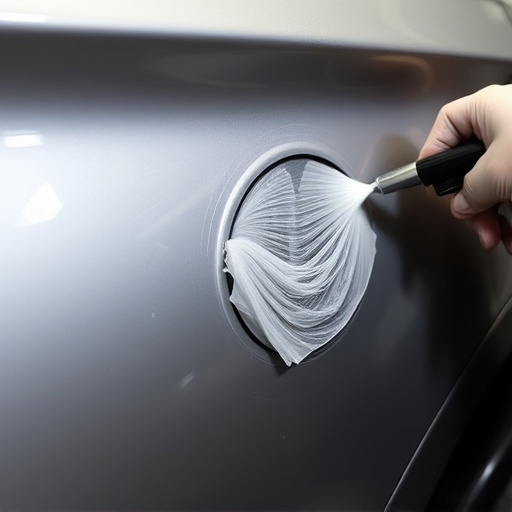
The Mercedes unibody is a critical structural component that forms the backbone of many Mercedes vehicles. This robust design consists of a single-piece steel chassis, offering superior strength and rigidity. However, when a vehicle experiences collision damage or requires classic car restoration, the unibody repair process becomes an art. Every panel and component must align precisely for optimal performance.
Mercedes unibody repair is not merely about fixing the exterior; it ensures the seamless operation of doors, hinges, and the overall structural integrity of the vehicle. Skilled technicians employ specialized techniques to address dents, cracks, and misalignments, restoring the unibody to its original condition. This meticulous process, combined with regular auto maintenance, guarantees that the restored vehicle maintains its renowned Mercedes quality and safety standards.
Panel Fitment Challenges After Repairs: Common Issues
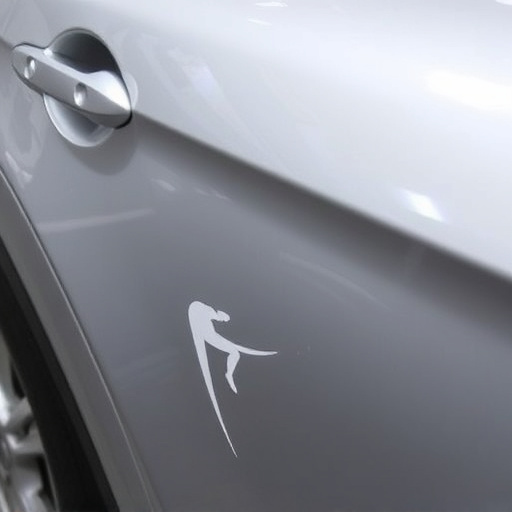
After a Mercedes unbody repair, achieving precise panel fitment can pose challenges for several reasons. The intricate design and high-quality standards set by Mercedes mean that any misalignment or inconsistency in the repair process will be evident upon completion. Common issues include gaps between panels, uneven surface finishes, and misaligned body lines. These problems not only detract from the vehicle’s aesthetic appeal but also compromise its structural integrity.
Proper panel fitment ensures seamless door operation, which is crucial for both safety and comfort. If repairs are not executed meticulously, doors may not close properly or might develop rattles and squeaks over time. In a vehicle body shop offering expert car repair services, technicians employ specialized tools and techniques to mitigate these issues. They carefully inspect each panel, ensuring minimal clearances and precise alignment before final reassembly.
Door Operation Troubleshooting: Post-Repair Considerations
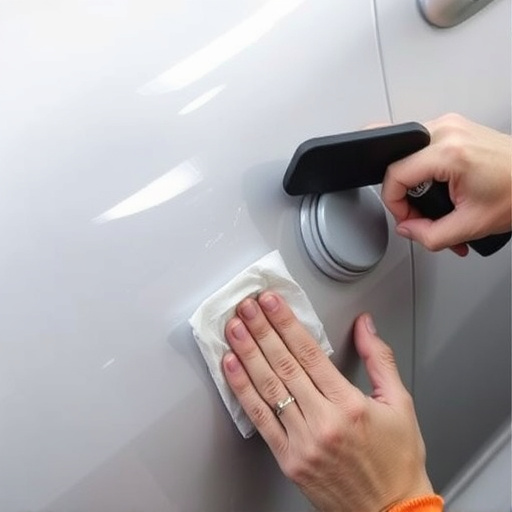
After a Mercedes unibody repair, paying close attention to door operation is paramount. While structural integrity is restored, minor adjustments might be needed to ensure doors open and shut smoothly. This includes re-aligning hinges and adjusting door sensors, which can sometimes get disrupted during the repair process or due to the removal of components.
Car body shops specializing in Mercedes unibody repair should have the expertise to address these post-repair considerations effectively. An experienced auto repair shop will conduct thorough tests to ensure proper alignment and functionality before finalizing the repairs. This meticulous approach guarantees that your vehicle not only looks as good as new but also operates seamlessly, enhancing safety and comfort during driving.
Mercedes unbody repair, while seemingly straightforward, can significantly impact panel fitment and door operation. Understanding the intricate structure of the unibody and its components is crucial for addressing common issues that arise during the repair process. By thoroughly examining and addressing these challenges, auto technicians can ensure a seamless fitment and smooth door operation, maintaining the vehicle’s overall integrity and safety.
